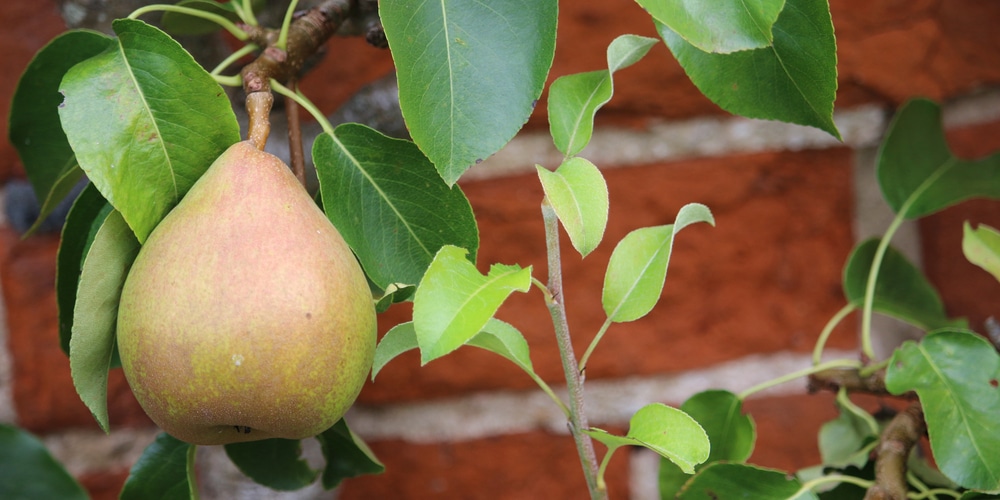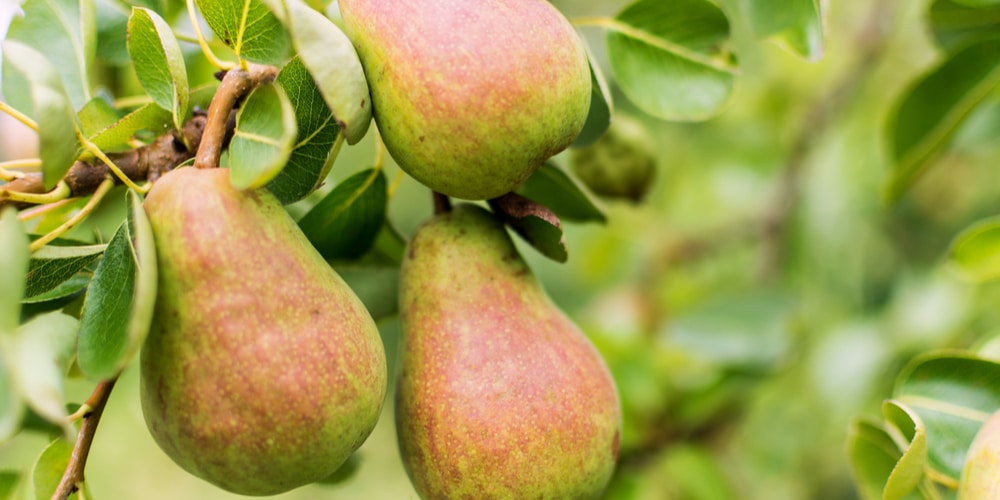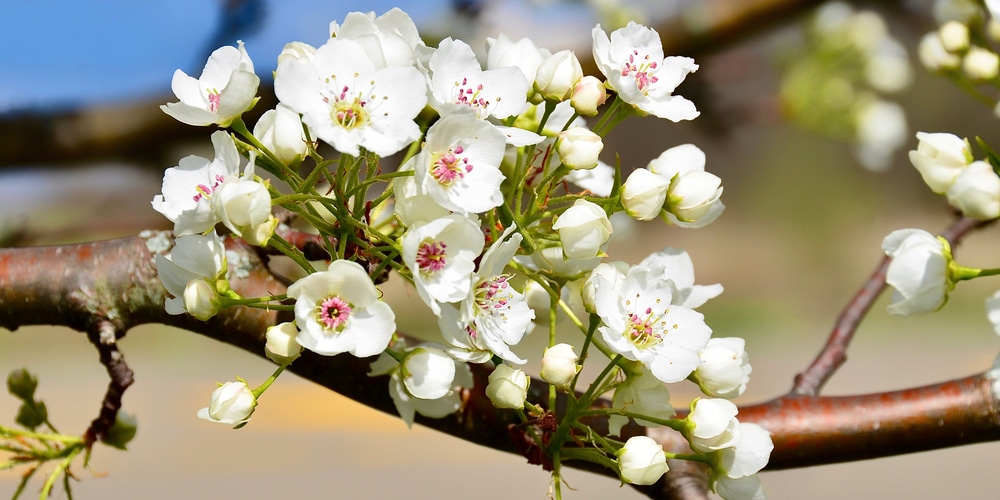Standing tall and proud, pear trees bear tasty fruit with lush freshness. Nothing beats a juicy pear, and these trees are not only easy to grow but also make excellent landscape features. However, the majority of fruit-bearing trees need another tree of the same variety for pollination to produce fruit. So, do pear trees need a partner for pollination?
This question is worth exploring, especially if you’re interested in growing your pear tree. But, first, let’s examine how pollination works for pear trees and whether self-pollination is possible.
Are Pear Trees Self-Pollinating?

For most trees, fruit production occurs when the pollen from one blossom falls on the stigma of another. The process is called cross-pollination, and it’s how most fruit trees reproduce. Trees that are self-pollinating don’t need help from another tree to produce fruit.
For pear most trees, however, self-pollination is not possible. While there are other pear tree varieties that are self-pollinating, the majority need the presence of another pear tree to produce fruit.
The majority of pear trees can help with the pollination of other pear trees, given that they have the same bloom time. This is called cross-pollination, and it’s how most pear trees reproduce.
With that being said, if you want to grow a pear tree, you’ll need to plant at least two trees in close proximity to each other. This will ensure that the pollination process can take place and that your tree will bear fruit.
In fact, studies have shown that more pear trees in proximity increase the chances of each bearing fruit. Unlike other fruits, pears’ flowers are short-lived. This means that they can’t rely on wind alone to help them with the pollinating process.
How to Ensure Pollination for Pear Trees
Most of the time, having at least 2 pear trees of the same variety and close proximity to each other is enough to ensure pollination. Keep both trees healthy and free from any pests or diseases to give them the best chance of bearing fruit. Its distance should ideally be between 15 to 20 feet, with a maximum of 30 feet.
Self-Pollinating Pear Varieties
As we’ve mentioned, not all pear trees are self-pollinating. However, there are a few varieties that don’t need another tree to reproduce.
Some of the most popular self-pollinating pear varieties include:
Bartlett Pear
A classic pear variety that’s recognizable for its long, slender shape and golden skin. It’s one of the most popular varieties of pears, and it can be eaten fresh or used in cooking. Hardy in USDA zones 5-8.
Comice Pear
A sweet and juicy pear variety with a round shape and reddish-brown skin. It’s often used in desserts and is one of the most popular varieties of pears for canning. Grows well in USDA zones 5-8.
Pineapple Pear
Unlike the first two varieties that only grow up to 12 feet, the pineapple pear can grow up to 20 feet. It’s a self-pollinating variety that’s recognizable for its pineapple-like flavor. This variety is also hardy in USDA zones 5-8 as well.
Monterrey Pear
Another semi-dwarf variety that produces fruit with a yellow and green tinge. It’s a self-pollinating variety that’s perfect for those who want to enjoy fresh pears. A pear native in Mexico that thrives in USDA zones 6-9.
Are Pear Tees Self Pollinating: Final Thoughts
The majority of pear tree varieties aren’t self-pollinating, but there are a few ones that don’t need another tree to reproduce. If you’re growing pear trees in your backyard, having at least 2 pear trees will help with the pollination process. Paired with proper care and providing the right conditions, you will be rewarded with fresh and juicy fruits come harvest time.
Related Article: Pruning a Silver Weeping Pear Tree

